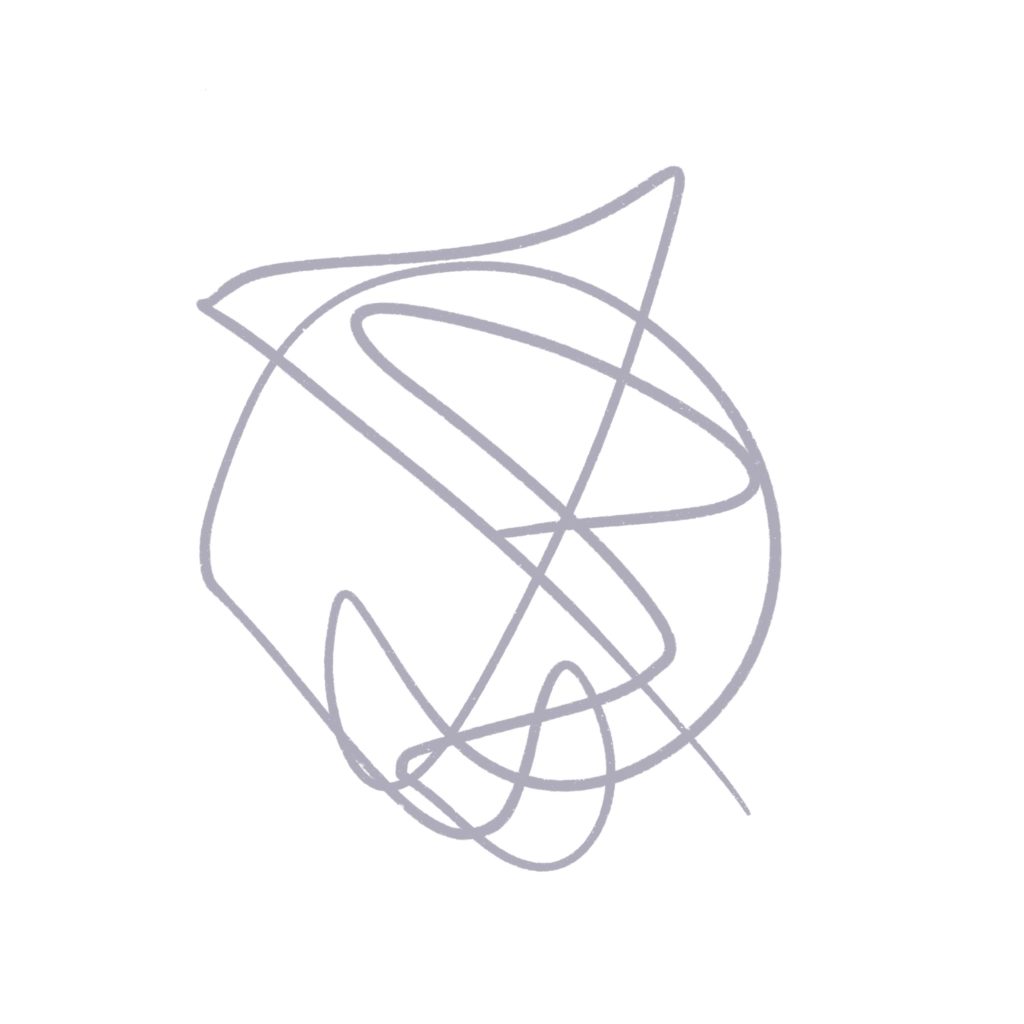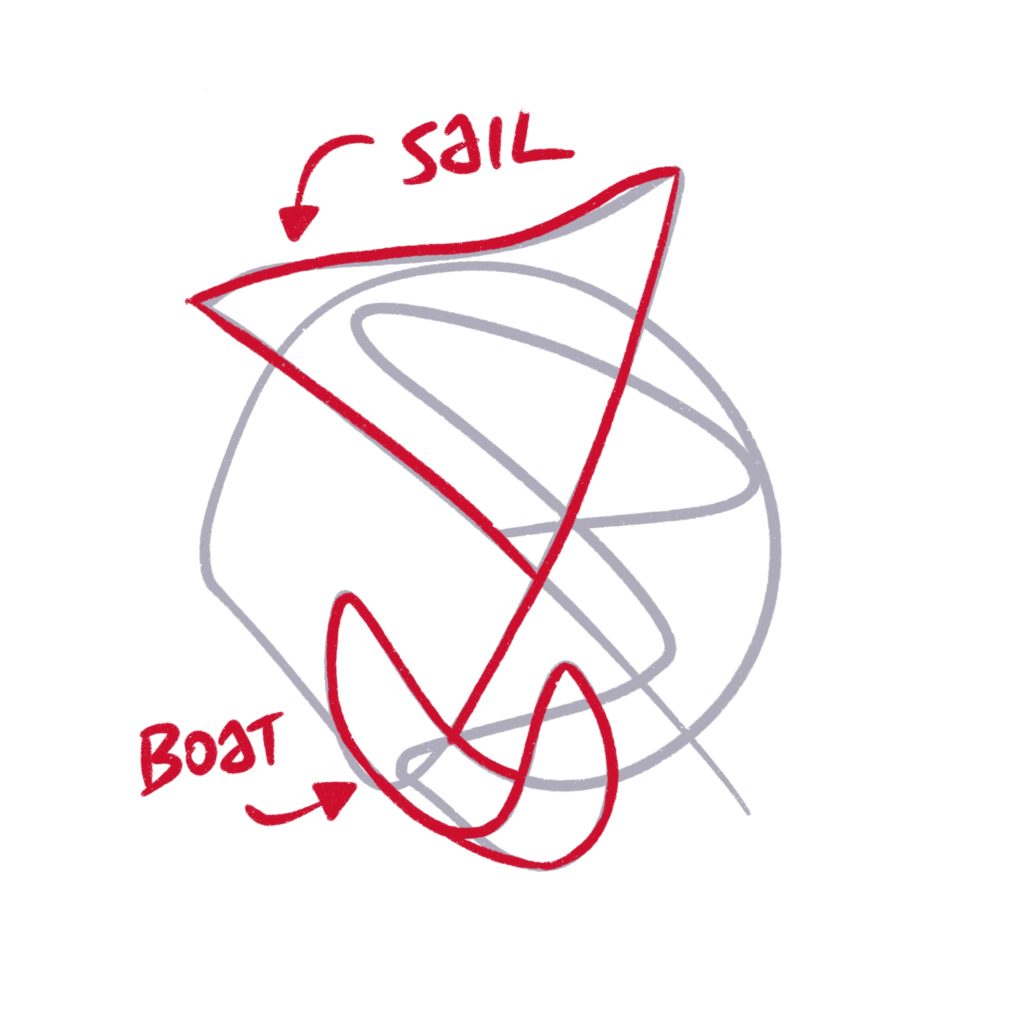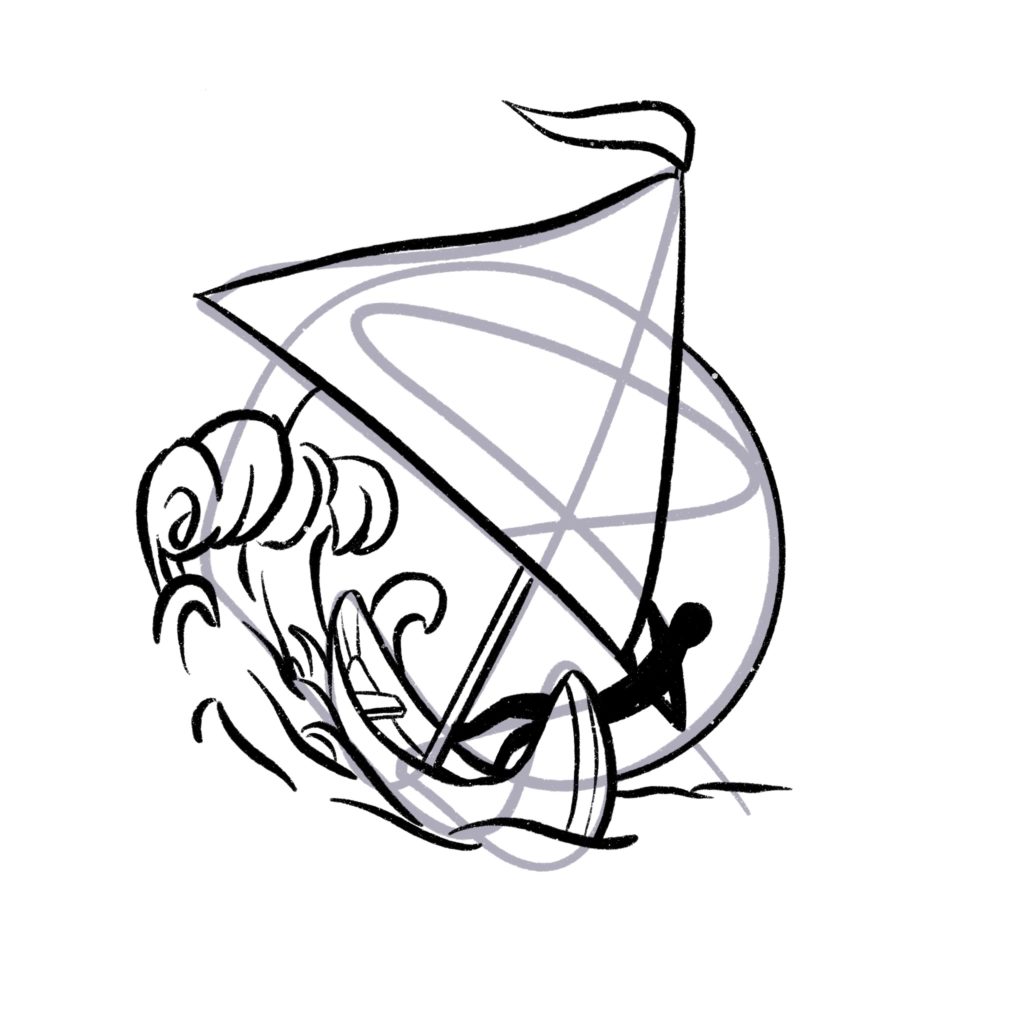No matter who you are, I can guarantee that you’ve more than once seen something wildly creative that made you wonder “Where does an idea like that come from?” Or maybe you had the more defeatist response of “I could never think of something like that.”
The problem with both of these reactions is that they make false assumptions about the genesis of ideas. Often people believe that great ideas are events that just happen, especially those who don’t consider themselves very creative. They’re not privy to the dirty truth that every creative “genius” knows so well: Inspiration rarely comes in a brilliant flashing moment, but instead is the result of persistent digging in the dark with no clear end goal.
Numerous studies on creative thinking have shown that a high-level of artistic or cognitive mastery is never reached without dedicated practice and exploration. You have to put in the work.
On a smaller timescale, landing on even a single idea works the same way. Many people are intimidated by a misunderstanding of the creative process; that you have the perfect idea, and then work hard to bring it to life. The hard work is what people can easily grasp but the birth of the initial idea is shrouded in mystery.
That’s because the process should be completely reversed. Whatever the challenge, the best way to start any project is to just start. Write down every word you can think of. Collect objects that are interesting to you and try putting them together into something that makes sense. Most of this work will feel aimless, but ideas are born from experimentation.
To illustrate this process, I gave myself a challenge that I encourage you to try. The challenge was this: Without anything specific in mind, close your eyes, put a pencil to paper, and scribble recklessly for three seconds.

When you open your eyes, your brain will immediately try to pull something familiar from the nonsense. There are endless possibilities, but allow yourself to grab onto the first thing you see. Here’s what I saw:

Of course, I can’t just put these lines in front of someone and expect them to understand the idea that it sparked for me. It’s now my job to put in the work and further explore ways to support that idea.

If the first stage was all about divergent thinking, or looking at all of the possibilities, this stage is about convergent thinking. That means I need to give attention to the elements that help strengthen my idea, and cast off those elements that don’t. Notice how not all of the gray lines were incorporated into the refined idea.
So let’s see what our idea has become.

It might seem like a big jump between the previous step and this final image, but the truth is that ideation is the most rigorous and vital process in any creative endeavor. Once the idea is solidly in place, all of the details are built comfortably over that foundation. If that foundation is faulty, then no amount of window-dressing will mask the lack of a core idea.
From absent-minded doodling, digging, and brainstorming you can arrive at an idea and quickly bring it to life, because inspiration will seldom come to you. Most of the time, you need to hoist sail and set off to find it, with no land in sight.




